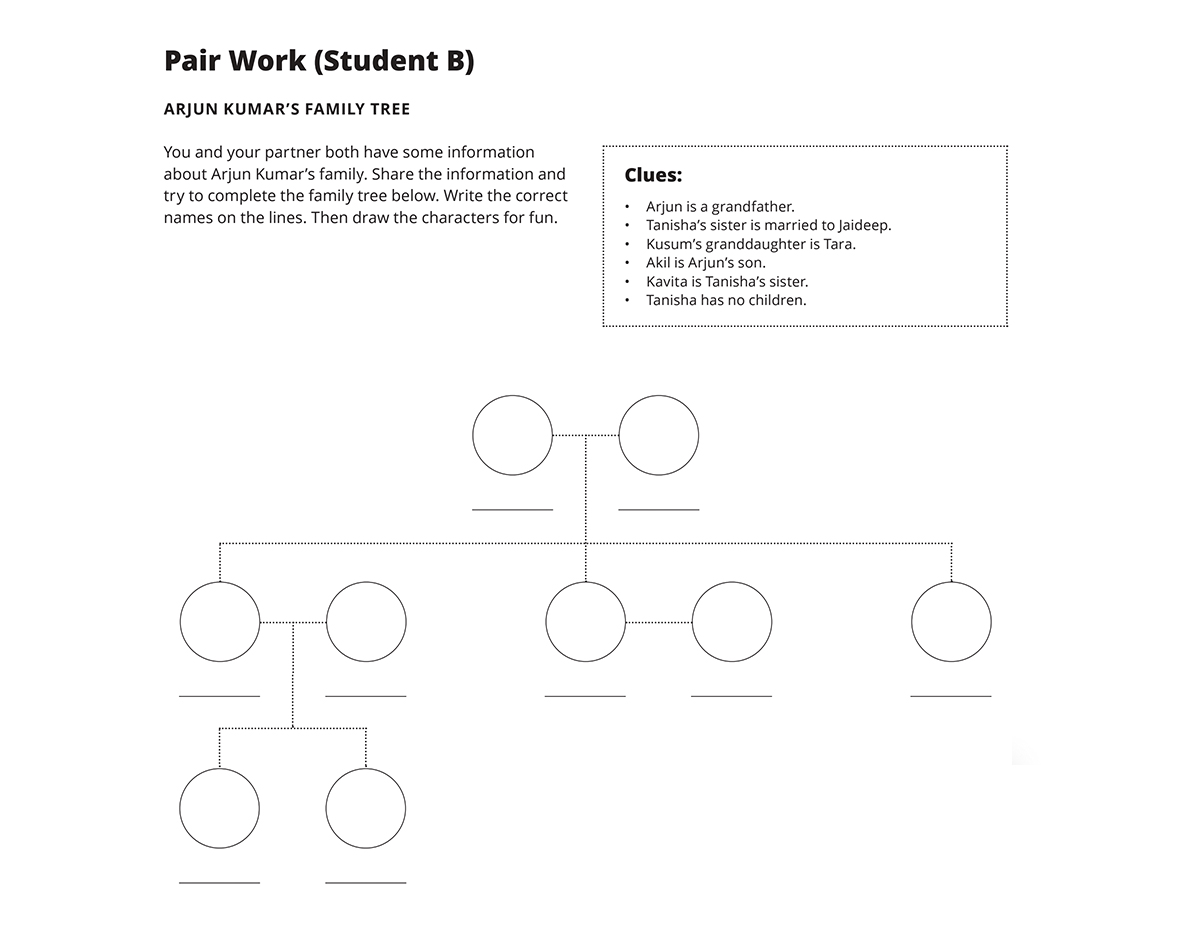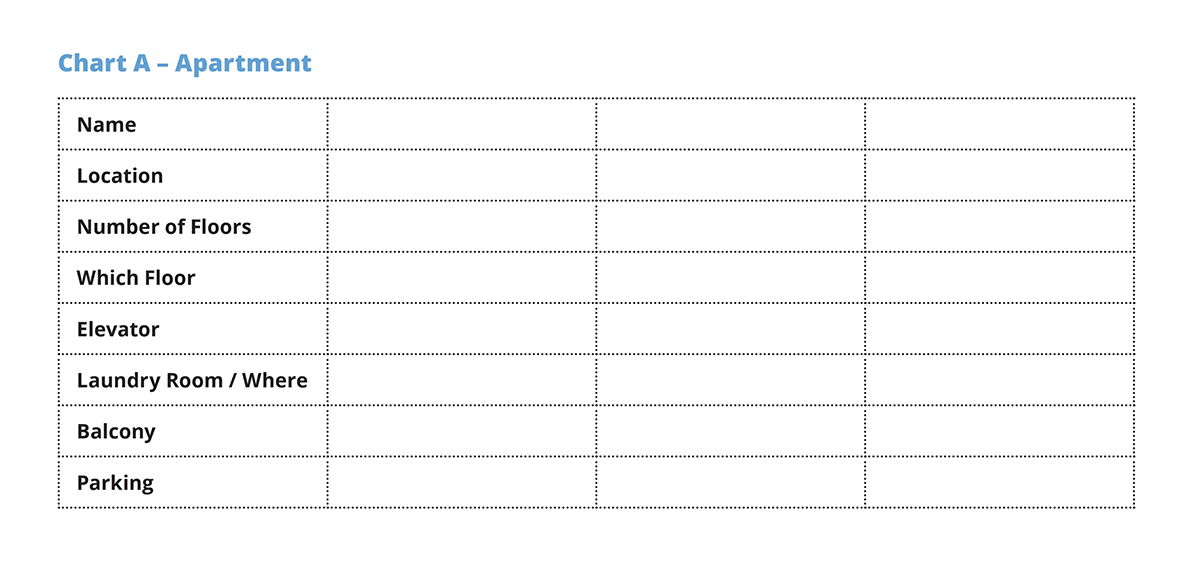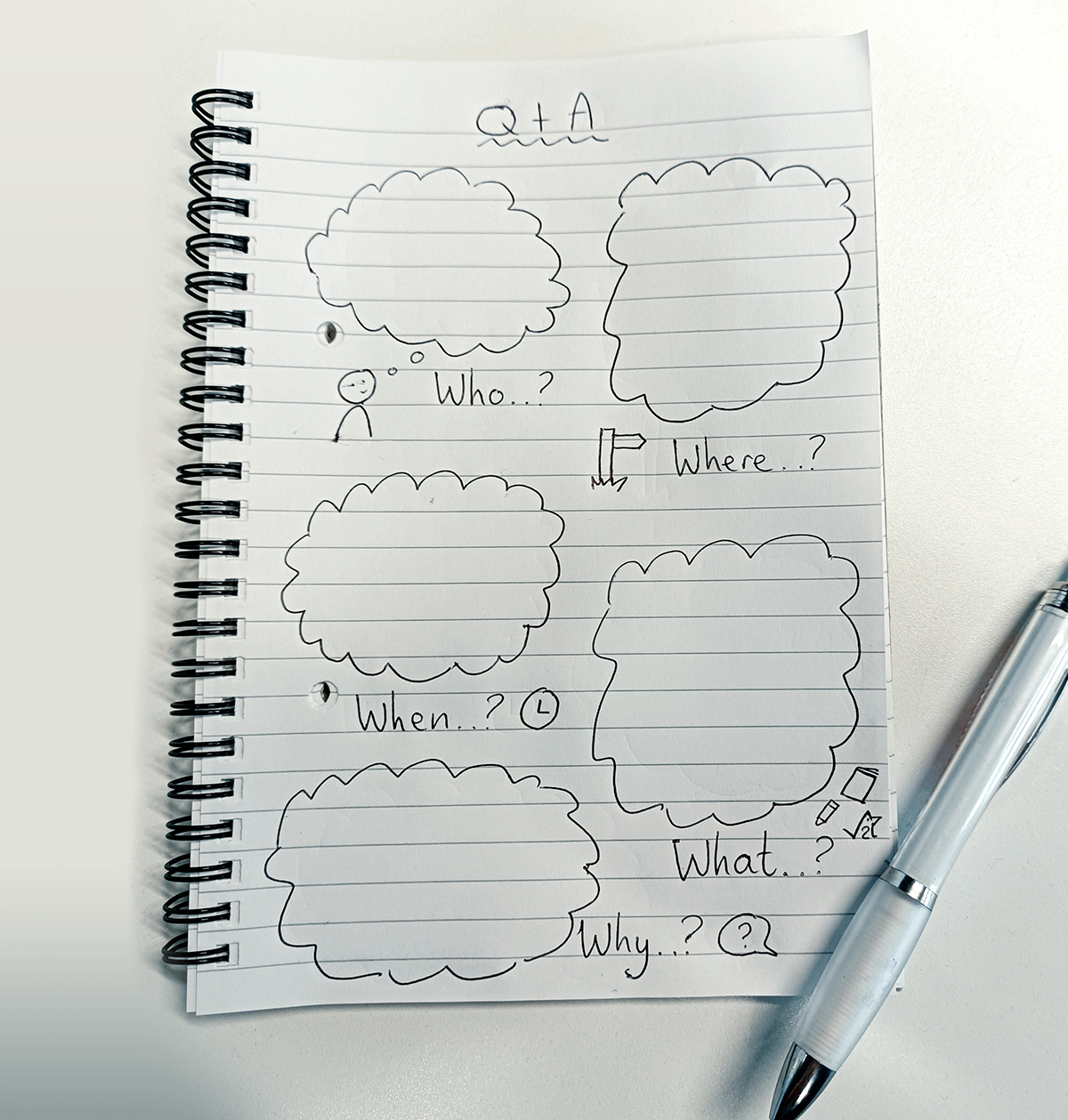Using Graphic Organizers for Language Skills Development

August 29, 2022

Share this post
Graphic organizers are visual tools which support learners in processing, ordering, and recording information.
They include diagrams, flow charts, mind maps, tables, vocabulary organizers, visual calendars, and Venn diagrams.
Often, they're supported by simple icons to activate schemata and aid understanding.
I love using graphic organizers because they...
- help learners to focus their ideas
- are versatile and can be adapted and reused in many ways
- use minimal text so they reduce the processing load on learners with dyslexia or literacy needs
- make information clearer
- aid memory and comprehension
- encourage critical thinking
- are engaging
4 activities for using graphic organizers
Here are four activity examples of ways you can use graphic organizers using Ellii's lessons:
1. Sorting and categorizing information
This activity supports learners to categorize American words. You could provide interactive feedback on this by drawing the table on the whiteboard. Then give each student a pen and ask them to add the words in the correct category.
Check out Ellii's American Citizenship lesson from their Living in English section.

2. Visualizing information
This activity uses a family tree diagram to check learners’ understanding of reading about a family tree. They can then draw their own family tree and describe it to other students.
Check out Ellii's Family lesson from their Living in English section.

3. Scaffolding conversations
This lesson uses a graphic organizer to focus students’ discussions on housing. The words on the left can be used as question prompts.
To support your language learners, you could elicit and drill the questions they need to ask before they start their paired conversations.
Check out Ellii's Housing lesson from their Living in English section.

4. Finding comparisons and similarities
Venn diagrams are excellent visual tools for comparing, contrasting, and finding similarities. They can be used to analyze information after a reading or listening task or to compile thoughts before a writing or speaking activity. You can ask students to draw their own or use this printable, blank worksheet.
Check out Ellii's Venn Diagram resource from their Visual Learning section.

Draw your own graphic organizers
Graphic organizers are perfect for tailoring to your own needs.
You can draw them yourself on paper or on whiteboard and then have students copy them. You could also create your own using Powerpoint, Word, or online tools such as Miro or Mural.
The following is an example of a hand-drawn graphic organizer.

Example of a hand-drawn graphic organizer by Emily Bryson.
It can be used in many ways. One idea is to give students a text or audio and have them write the answers. It could also be used to prepare for a speaking or writing activity where students tell a story.
Related posts
Comments
There are no comments on this post. Start the conversation!